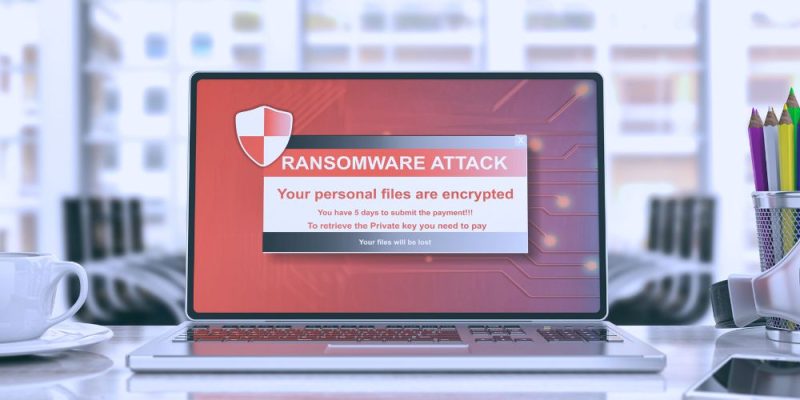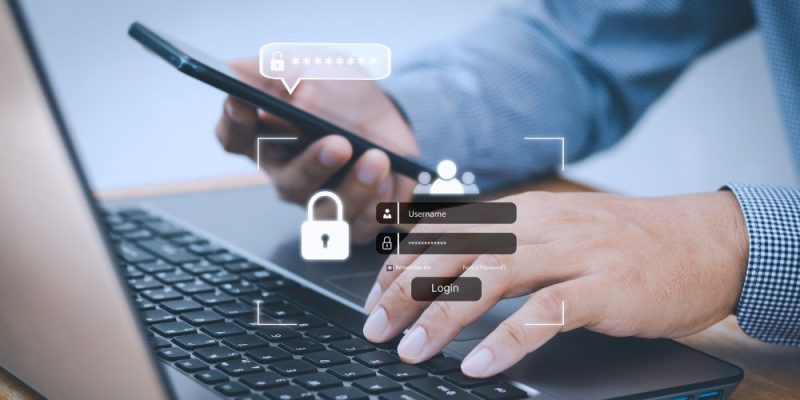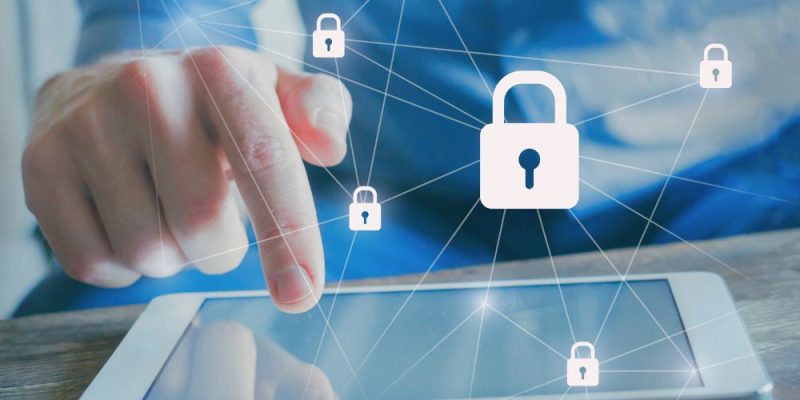Cyber threats have become a hot topic discussed by everyone, from young children to elderly caregivers. Everyone is at risk, but in educational settings, the concern is even greater. Given that students are young and might not always know what’s safe or dangerous online, reinforcing educational cybersecurity is crucial. This blog explores the digital dangers that students encounter and highlights essential cybersecurity practices for safeguarding student data.
Understanding Student Exposure to Cyber Threats
Students interact with digital platforms daily, making them vulnerable to a variety of cyber threats. Here’s how they are exposed and steps to mitigate these risks:
- Ransomware and Malware
Students may accidentally download malicious software that locks access to their data or corrupts systems. Educational cybersecurity measures, such as installing robust anti-malware software and conducting regular backups, are critical to protect against these threats.
- Phishing Attacks
Students are often targets of phishing scams designed to steal personal information or login credentials. Cybersecurity for schools must include comprehensive training programs that educate students on identifying suspicious links and emails as part of cybersecurity practices for protecting student data.
- Unsecured Wi-Fi Networks
When students use unsecured networks to access school resources, they risk exposing sensitive data. Implementing and enforcing the use of secure, encrypted connections is a key component of data security in education.
- Inadequate Personal Data Protection
Students might not be aware of how their actions can compromise their personal data. Schools need to implement policies and provide tools that encourage good personal data hygiene practices, integral to educational cybersecurity.
Strategies to Enhance Online Learning Security
Addressing the cyber risks in online education involves proactive and reactive cybersecurity practices for protecting student data:
- Regular Cybersecurity Education and Awareness
Continuously educating students about cybersecurity for schools through workshops and lessons can significantly improve their ability to identify and respond to cyber threats, enhancing overall online learning security.
- Use of Secure and Vetted Platforms
Choosing and implementing learning platforms that comply with the highest standards of educational cybersecurity can help safeguard both student data and institutional resources.
- Multi-Factor Authentication (MFA)
Enforcing MFA for accessing educational tools and resources can significantly reduce the likelihood of unauthorized access, a key practice in data security in education.
- Regular Security Audits and Updates
Conducting audits and keeping systems and software updated are essential cybersecurity practices for protecting student data, ensuring that vulnerabilities are addressed swiftly.
A Collaborative Approach to Cybersecurity
Cybersecurity for schools is not just an IT issue but a community concern that involves educators, administrators, students, and their families. Developing a community-wide understanding and approach to cybersecurity practices for protecting student data is crucial for creating a safe educational environment.
Secure Your Educational Environment
Given the increasing cyber threats, it is imperative for educational institutions to proactively enhance their educational cybersecurity strategies. We encourage decision-makers and IT professionals within the education sector to review their current security measures and contact our company for a comprehensive security assessment. Together, we can strengthen your online learning security and ensure robust data security in education.
Contact us or visit our education solutions page to learn more about what you can do for your education sector!








